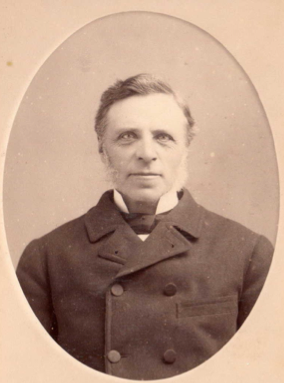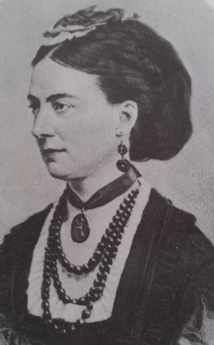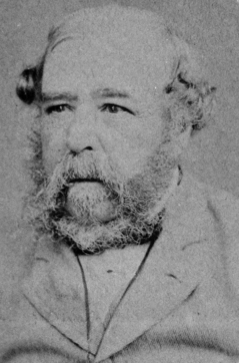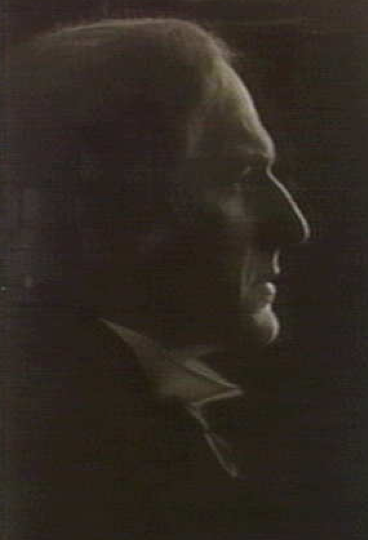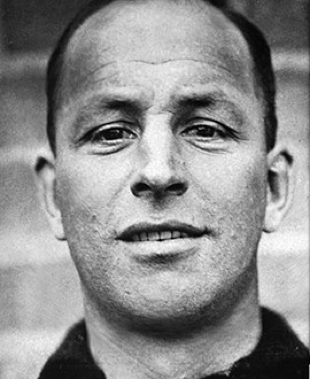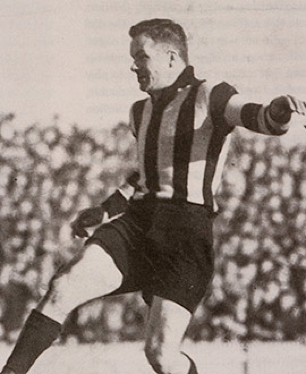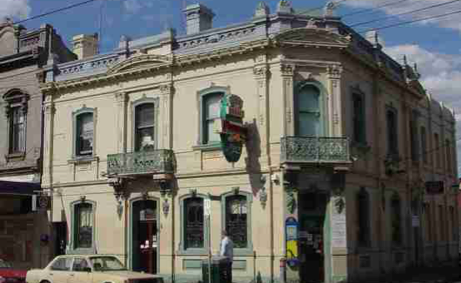Collingwood Notables Database
James David Lyon Campbell
1809-1844
Early settler, pastoralist
J D L Campbell, usually known as Lyon Campbell, was one of Collingwood’s earliest residents, having bought Crown Portion 79 in the Government land sales of 1839. On this land, around 20 acres, he built a house called Campbellfield, designed by surveyor and architect Robert Russell. Here he lived until his untimely death in 1844. His neighbours along the riverfront in what was eventually called Abbotsford were other 1840s settlers such as John Dight, John Orr, Edward Curr and Georgiana McCrae.
Abbondio Campi
c. 1839 - 1896
Mirror manufacturer
Abbondio Campi is immortalised in the row of shops at 149 to 167 Queens Parade, Clifton Hill which bear the words ‘Campi’s Buildings’ on the pediment. Few passers-by would realise that the Italian-born owner of these buildings was also one of the master craftsmen of 19th century Melbourne.
Charles Mortimer Cherbury
1837-1917
Minister
English-born Charles Cherbury was a Baptist minister, who became the first incumbent of the Sackville Street Baptist Tabernacle, a position he held from 1874 until 1893. With a small number of Baptist adherents he established worship in a small hall in Gold Street, Collingwood, in January 1874. The congregation speedily grew, and within a few years construction of the church began in nearby Sackville Street.
Emily Childers
c. 1827-1875
Diarist
Emily Childers, the wife of noted educationist and politician Hugh Culling Eardley Childers, kept a journal during the 1850s, including the years when the Childers lived in Abbotsford. Her journal gives a fascinating depiction of household and social life for a young wife and mother, as well as an insight into political events and the complexities of her husband’s work in the fledgling colony.
Emily Christopherson
1816 - 1897
Teacher
After emigrating to farm in New South Wales, followed by a sojourn living in imperial Russia, Emily Christopherson arrived in Melbourne in 1857 and commenced her long career in Collingwood schools. Matriarch of a teaching family, her son John, and her daughters Harriet and Pauline were also Collingwood teachers while her husband Irving taught in East Melbourne.
Frederick Lord Claye
1813-1885
Solicitor, early settler
Frederick Redmond Collier
1885-1964
Opera singer
Hubert Bower Corben
1857-1907
Monumental mason, founder of HB Corben & Sons (mid 1880s to 1958)
The Corben family came from Worth Matravers, Dorset, U.K. where they were stonemasons, a trade that they continued with great success in Melbourne after their arrival in the 1850s. Hubert, born in 1857, established his own monumental mason business in Smith Street Clifton Hill in 1880. HB Corben & Sons became a respected and long-standing business that was an integral part of the Clifton Hill community and also became well-known for war memorials across Victoria.
Sydney Alfred Coventry
1899-1976
Australian Rules footballer, coach and administrator;
Gordon Richard James ('Nuts') Coventry
1901-1968
Australian Rules footballer, columnist, sports writer, maintenance worker
One of the greatest goal kickers in League football, Gordon Coventry held the record of most career goals – an incredible 1,299 – for six decades. The Coventry brothers, Gordon and Syd, were ‘brothers-in-arms’ as they played major roles in Collingwood’s most successful era. Although the brothers were born outside the suburb they are seen as Collingwood Football Club icons. They came from Diamond Creek but through their football skills and leadership on and off the field they won the hearts of Collingwood people, not just football followers. To Collingwood locals they were always hailed as true sons of Collingwood.
Patrick Coyle
c.1839-1888
Publican, brewer, land sub-divider
To Patrick Coyle we owe the lasting pleasure of the delightfully-decorated Albion Hotel on the corner of Smith and Perry streets, and the striking group of four two-storey shops which are its neighbours. Coyle was first heard of in Collingwood in 1869 as the resident publican of the Grace Darling Hotel in Smith Street, and later became the owner and publican of the Albion Hotel.
Edward Curr
1798-1850
Early settler, grazier, Member of Parliament
In 1840s Melbourne the stretch of the Yarra in what is now Abbotsford attracted people to build houses on large landholdings in an almost rural environment. A neighbour of John Orr at Abbotsford House, Edward Curr was another early settler on the section of the Yarra just south of Johnston Street. His property, purchased in 1842 from John Hodgson, was called St Helier’s. In comparison to other riverside locales of Abbotsford, the present land use pattern in this area largely perpetuates the expansive garden settings and peaceful qualities of the early nineteenth century. This is because both properties were later acquired by the Convent of the Good Shepherd rather than being extensively subdivided into small building blocks or factory sites.
Johanna Curtain, Mother Mary of Mt Carmel
1835-1888
Nun, third Mother Superior of the Convent of the Good Shepherd
Sister Mary of Mt Carmel Curtain arrived in Melbourne in July 1867 with three other nuns to join the community of the Convent of the Good Shepherd at Abbotsford which had been set up in 1863 under the leadership of Mother Mary of St Joseph Doyle. Sister Mary of Mt Carmel became the third Prioress or Mother Superior in 1873 and was to remain in that position until her death in 1888.


